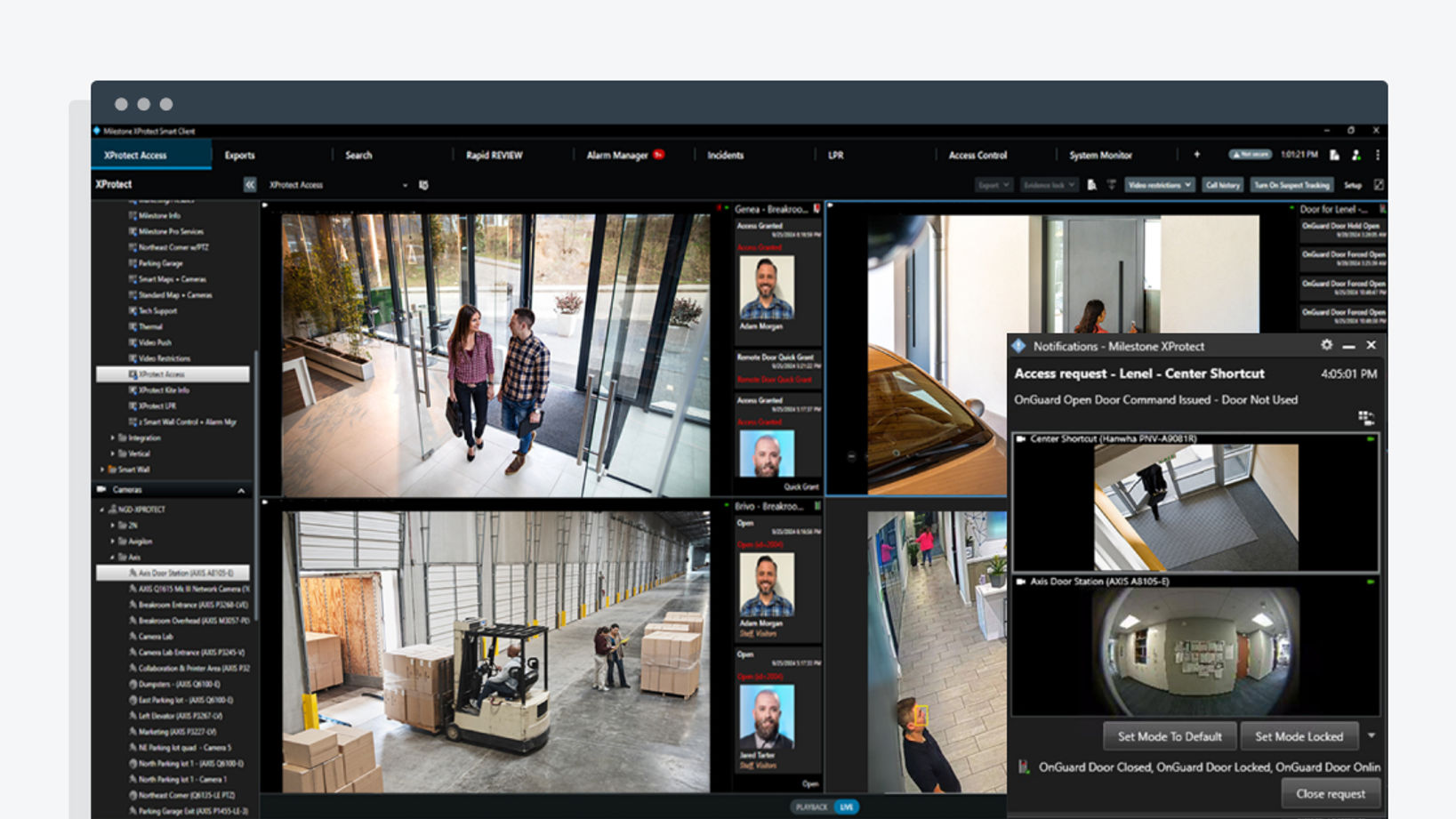We have said it before - no two customer installations are alike, and System Integrators have taken a key role in aligning the right system design with the right customer. Security applications that, until not long ago, were enabled only on-premises, are now available in new system designs that take advantage of cloud technologies. Such technologies provide you with new business opportunities and your customers with new experiences.
Milestone XProtect® is no different. The same XProtect you know is now available on cloud giving you new system design choices. In addition to XProtect on-premises, Milestone Systems offers a cloud deployment alternative running XProtect on Amazon Web Services (AWS). You can find more information about the solution, as well as free online courses on our website.
Bjørn C. Bergqvist
Senior Product Marketing Manager
Related content


